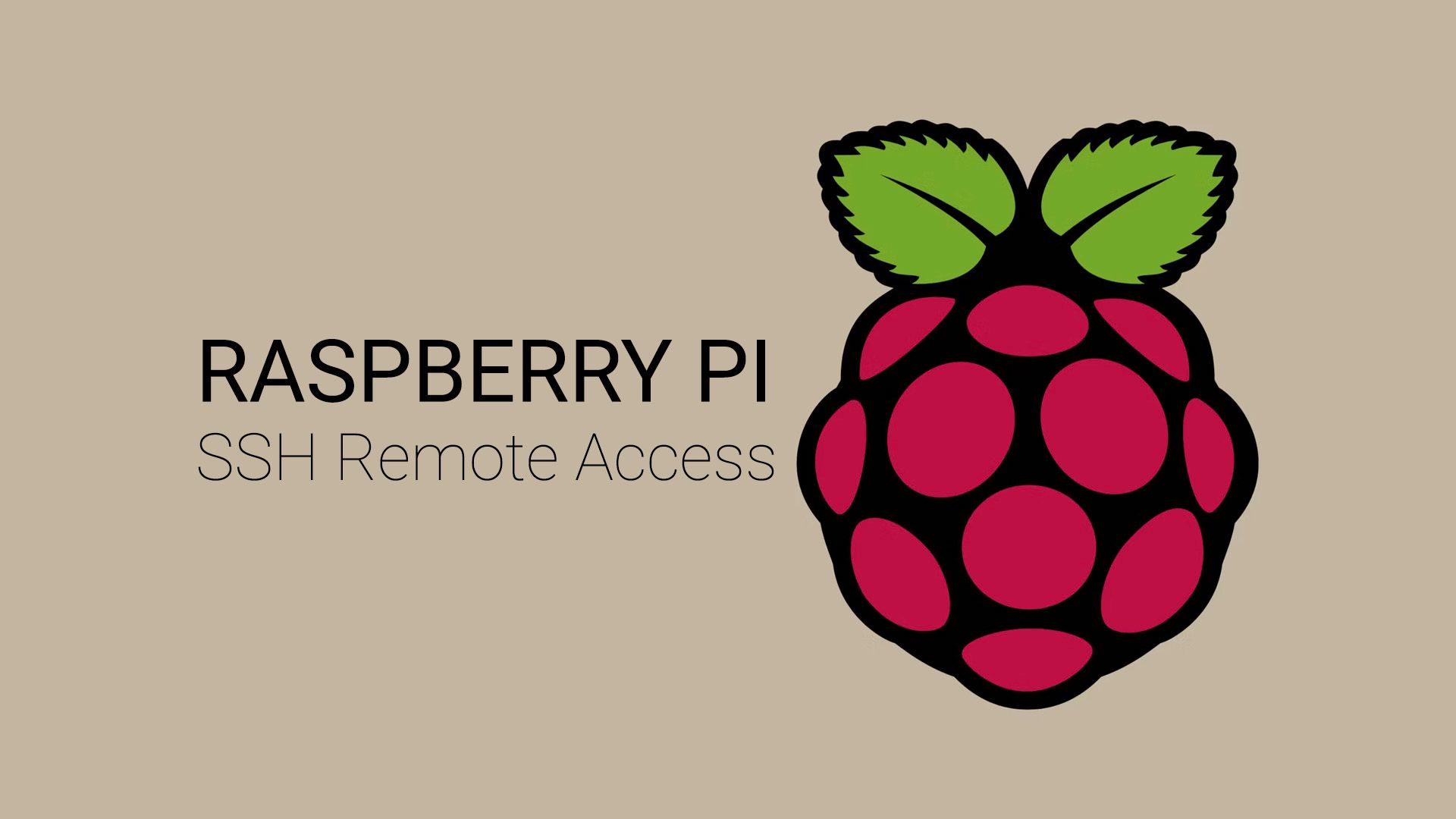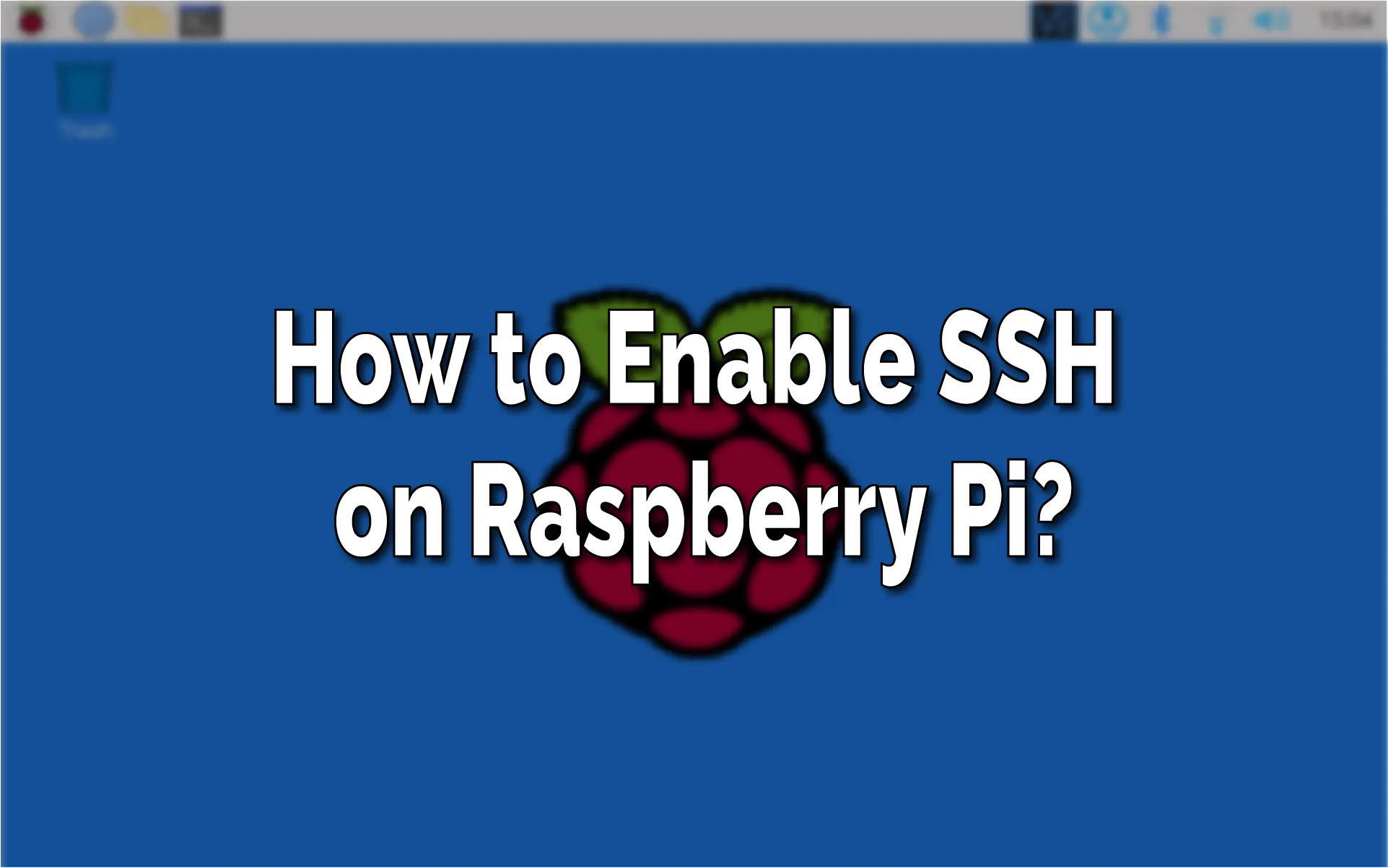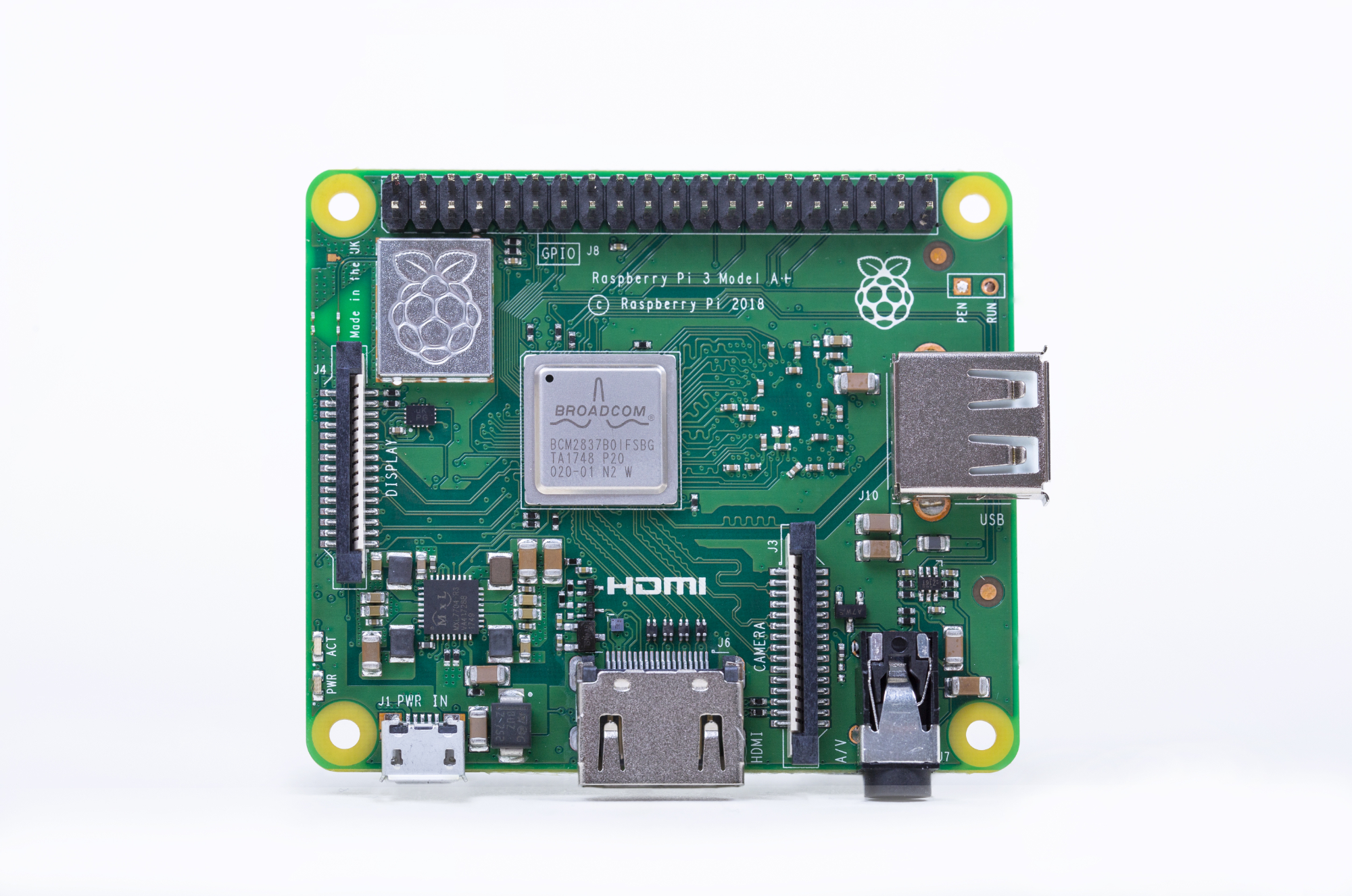Detail Author:
- Name : Dr. Clark Schmidt
- Username : caden.hudson
- Email : imccullough@yahoo.com
- Birthdate : 1984-11-05
- Address : 88979 Anya Light Apt. 726 Beattymouth, WI 80773
- Phone : +1.430.440.0657
- Company : Jacobs Inc
- Job : Title Searcher
- Bio : Expedita beatae voluptatum perferendis dolore omnis incidunt. Earum eos nobis occaecati. Itaque repellendus dolor non eaque necessitatibus voluptatem placeat quia.
Socials
tiktok:
- url : https://tiktok.com/@nwaters
- username : nwaters
- bio : Ea autem saepe omnis autem deserunt. Numquam ullam hic a voluptatum.
- followers : 6180
- following : 373
twitter:
- url : https://twitter.com/nadia_official
- username : nadia_official
- bio : Et autem natus odit nemo omnis voluptas enim. Sint et molestias nam debitis officia sit suscipit.
- followers : 6522
- following : 758
Getting your Internet of Things (IoT) devices connected and working from afar can sometimes feel like a tricky puzzle, you know? But when it comes to keeping those connections safe, especially for something as useful as a Raspberry Pi, it's super important to get things right. That's why folks are really looking into how the remoteiot platform helps make using SSH keys with your Raspberry Pi simple and very secure. It's about making sure your tiny computer is always within reach, but only for you.
For anyone working with small computers like the Raspberry Pi, especially for projects that need to be managed from a distance, having a reliable and safe way to get in is a big deal. Passwords, you see, can be a bit of a weak spot, so using something stronger, like SSH keys, just makes a lot of sense. This way, you can connect to your devices with confidence, knowing your access is well-protected.
This article is going to walk you through how the remoteiot platform can truly change the way you interact with your Raspberry Pi, making secure remote access a lot less complicated. We'll talk about why SSH keys are such a good idea and how they fit into the remoteiot system, giving you peace of mind. So, let's get into how you can make your Raspberry Pi setups much safer and easier to handle, no matter where you are.
Table of Contents
- Why SSH Keys Are a Good Choice for Remote IoT Access
- What the remoteiot Platform Brings to the Table
- Connecting to Your Raspberry Pi with remoteiot and SSH Keys
- The Many Good Things About Using SSH Keys with remoteiot
- Getting Desktop Access to Your Raspberry Pi from Anywhere
- When Your remoteiot Platform SSH Key Is Not Working
- Making Your IoT Projects More Secure and Simple
- Frequently Asked Questions (FAQs)
- A Final Thought on Remote Raspberry Pi Access
Why SSH Keys Are a Good Choice for Remote IoT Access
When you're looking to get into your IoT device, like a Raspberry Pi, from a distance, using SSH with a system user or, even better, with SSH key-based secure authentication is really the way to go. This approach means you're using standard ways of connecting, like with tools such as PuTTY, which are well-known and trusted. This is important, you see, because it helps avoid any security weak spots that might pop up with other less common client tools and protocols. It's about keeping things safe and predictable, which is pretty much always a good idea.
Choosing SSH keys for your remoteiot platform setup with Raspberry Pi brings a lot of good things along with it. For one, it makes your connections much more secure than just using a password, which can be guessed or stolen. Keys, on the other hand, are very long and complex, making them almost impossible to crack. This means your remote access stays private and protected, which is, honestly, a big relief for anyone managing devices far away.
So, why are these keys such a big deal? Well, they rely on something called cryptographic key pairs, which are basically two super-secret codes that work together. One part stays on your computer, and the other goes onto your Raspberry Pi. When you try to connect, these two parts talk to each other to confirm it's really you, without ever sending your secret key over the internet. This method is, you know, a very strong way to prove who you are, making unauthorized access extremely difficult.
What the remoteiot Platform Brings to the Table
The remoteiot platform truly helps make the whole process of using SSH keys with your Raspberry Pi a lot simpler, ensuring your connections are both smooth and secure. It takes away some of the headaches you might otherwise face when setting up remote access. This platform, it's almost like a helpful assistant that guides you through the steps, making sure everything is put in place just right.
This guide will walk you through the process of setting up SSH keys on your Raspberry Pi using the remoteiot platform, from getting a handle on the basic ideas behind SSH to the actual steps of making it work. It's about giving you a clear path to follow, so you don't feel lost in the technical details. You'll find that with a little bit of guidance, this setup is not as tricky as it might seem at first glance.
The remoteiot platform offers a very strong way of putting things together for bringing SSH key authentication into play with your Raspberry Pi devices. By using those special cryptographic key pairs we talked about, this platform makes sure that only authorized people can get into your devices. It's a bit like having a very secure lock on your digital door, which is, in fact, a great thing for any IoT setup.
Setting Up the remoteiot Platform on Your Raspberry Pi
Getting the remoteiot platform ready on your Raspberry Pi is actually pretty straightforward, which is a nice surprise for many. This guide will explore how the Raspberry Pi, when put together with SSH, can help you create a very capable remote IoT platform. It means you can get to your Raspberry Pi using SSH without needing a whole lot of extra fuss, which is pretty handy.
In this guide, we'll explore how to set up what could be a free remoteiot platform using SSH keys on your Raspberry Pi. This approach helps make sure you get both ease of use and good security at the same time. It's about finding that sweet spot where managing your devices from afar is simple but also very safe, which is, you know, what most people want.
How SSH Keys Work with remoteiot and Raspberry Pi
This article will look into the remoteiot platform and how it works with SSH key authentication for your Raspberry Pi. We'll talk about the steps to get it set up, some good practices to follow, and how it all helps with security. It's about giving you a full picture, so you know exactly what's happening behind the scenes when you connect to your tiny computer from a distance.
When your SSH keys are all set up, you can then connect to your Raspberry Pi device through the remoteiot platform. This part involves using the SSH client to make a secure connection. It's a standard process, so you're using tools that many people trust and rely on for safe access. This means you can get to your device, do what you need to do, and then disconnect, knowing your session was private.
Connecting to Your Raspberry Pi with remoteiot and SSH Keys
Once your SSH keys are all in place and configured, you're pretty much ready to connect to your Raspberry Pi device through the remoteiot platform. This whole process, you see, involves using a standard SSH client to establish a secure link. It’s a bit like opening a secret, very safe tunnel directly to your Raspberry Pi, which is, honestly, quite cool.
You’ll typically use a client tool, like PuTTY if you're on Windows, or the built-in terminal on Linux and macOS. These tools are designed to work seamlessly with SSH keys. They help your computer and your Raspberry Pi talk to each other, using those special key pairs to confirm your identity. This means you don't have to type in a password every time, making connections faster and, very importantly, much more secure.
The remoteiot platform acts as a sort of bridge, making sure that your SSH client can find and connect to your Raspberry Pi, even if it's behind a tricky network setup. It handles the routing and other technical bits, so you can just focus on getting your work done. So, in a way, it simplifies the complex network stuff, which is a real bonus for anyone trying to manage devices remotely.
The Many Good Things About Using SSH Keys with remoteiot
Choosing SSH keys for your remoteiot platform setup with Raspberry Pi brings a whole lot of benefits. For one, it significantly boosts the security of your remote connections. Passwords can be guessed or stolen, but SSH keys are based on very strong encryption, making them incredibly hard for anyone unauthorized to break into. This means your data and your device stay much safer, which is, of course, a top priority.
Another big plus is the convenience. Once your SSH keys are set up, you don't need to remember or type in complex passwords every time you want to connect. This saves time and reduces the chance of making mistakes. It's a much smoother experience, especially if you're connecting to your Raspberry Pi often, or if you have several of them to manage. It really just makes things easier, you know?
Also, using SSH keys helps automate things. You can set up scripts or programs to connect to your Raspberry Pi without human intervention, which is great for scheduled tasks or monitoring. This level of automation is pretty much essential for more advanced IoT projects. It allows your systems to work together more efficiently and reliably, which is, in fact, a very good thing for any automated setup.
Getting Desktop Access to Your Raspberry Pi from Anywhere
By getting a good handle on this guide, anyone can get truly great remote Raspberry Pi desktop access from pretty much anywhere, using SSH or VNC over the internet. This means you can then use a VNC client to control that tiny computer from your own screen, no matter where you are. It's like having your Raspberry Pi right there with you, even if it's miles away, which is very convenient for managing projects.
This guide will also look into remote IoT platforms that not only offer very capable ways to manage things but also make security a top concern through SSH key authentication. All of this happens while making it easy to get to your Raspberry Pi's graphical desktop. So, you're not just getting command-line access; you're getting the full desktop experience, which is, you know, a big step up for many users.
Imagine being able to see your Raspberry Pi's desktop environment, launch applications, and generally interact with it as if you were sitting right in front of it. This kind of access is particularly useful for tasks that need a visual interface, like setting up new software or troubleshooting graphical issues. It really expands what you can do with your remote Raspberry Pi, making it much more versatile.
When Your remoteiot Platform SSH Key Is Not Working
Sometimes, when your remote IoT platform SSH key isn't working on your Raspberry Pi, it can feel like you're completely locked out of your device. This effectively stops you from doing important tasks, which is, honestly, a real pain. It's a frustrating situation, but usually, there are clear reasons why it's happening, and often, they can be fixed.
In this article, we will go into the common reasons why SSH keys might fail on a Raspberry Pi when you're using the remoteiot platform. This could range from problems with how things are set up to issues with different parts working together. Knowing what usually goes wrong can save you a lot of time and trouble when you're trying to figure out what's happening. So, understanding these common pitfalls is, you know, pretty helpful.
Typical issues might include incorrect permissions on your key files, the wrong key being used, or perhaps a small typo in the configuration. Sometimes, the key might not be properly added to your Raspberry Pi's authorized_keys file. Other times, it could be a network setting that's getting in the way. Checking these things one by one can often lead you to the solution, so it's worth taking a systematic approach.
Making Your IoT Projects More Secure and Simple
Setting up SSH keys on a Raspberry Pi using the remoteiot platform is a very useful skill for anyone who works with IoT devices. By following the steps laid out in this guide, you can make sure your connections are both secure and reliable. It's about building a solid foundation for your remote projects, which is, in fact, a very smart move.
A comprehensive guide to really getting the hang of the remoteiot platform SSH key on Raspberry Pi means we've covered pretty much everything. From getting your Pi ready to making your connection safe with SSH keys, we've gone through it all. This kind of thoroughness helps you feel confident in managing your devices from afar, which is, you know, a great feeling.
Ultimately, this approach helps create a remote IoT platform that's not just easy to use but also prioritizes the safety of your devices and data. It's about giving you the tools and knowledge to manage your Raspberry Pi projects effectively and securely, no matter where you are. This blend of ease and security is, honestly, what everyone should aim for in their IoT setups.
Frequently Asked Questions (FAQs)
Why are my SSH keys not working with my Raspberry Pi on the remoteiot platform?
Well, when your SSH key isn't working, it effectively locks you out of your device, which is frustrating. Common reasons include incorrect file permissions for your keys, the public key not being properly placed on your Raspberry Pi, or perhaps a mismatch between the private key you're using and the public key on the device. Sometimes, it's also about network settings or if the SSH service isn't running correctly on your Pi. It's usually a small detail, you know, that needs adjusting.
What are the main good things about using SSH keys for remote access to my Raspberry Pi?
Choosing SSH keys brings several big benefits. For one, they offer much stronger security than passwords, making it very hard for unauthorized people to get in. They also make connecting much more convenient, as you don't have to type a password every time. Plus, they allow for easier automation of tasks, as scripts can use the keys to connect without needing human input. So, it's about making things safer and simpler, which is pretty much ideal.
How do I set up SSH keys on my Raspberry Pi using the remoteiot platform?
Setting up SSH keys involves a few key steps. First, you'll need to generate an SSH key pair on your local computer. Then, you'll transfer the public part of that key pair to your Raspberry Pi, typically by adding it to a file called `authorized_keys` in your user's SSH directory. The remoteiot platform then helps manage the connection, making sure your SSH client can securely reach your Pi. This guide really goes through the whole process, so it's quite clear.
A Final Thought on Remote Raspberry Pi Access
Getting a handle on setting up SSH keys with your Raspberry Pi through the remoteiot platform is a truly valuable skill for anyone playing around with IoT. It means you're not just connecting to your devices; you're doing it in a way that’s very secure and dependable. This kind of secure access is, honestly, a game-changer for managing your projects from afar.
The remoteiot platform, as we've talked about, offers a very strong way to bring SSH key authentication together with your Raspberry Pi devices. By using these cryptographic key pairs, the platform helps ensure that your tiny computers are only accessible to those who should have access. This focus on security, while also making things easier to manage, is a big win for any IoT enthusiast.
So, as you keep building and expanding your IoT projects, remember that secure and straightforward remote access is truly within reach. By putting into practice what we've discussed, you're well on your way to mastering your remote Raspberry Pi setup. For more insights on securing your IoT devices, you might want to look at general SSH protocol information. You can also learn more about remote management on our site, and find more tips on getting your Raspberry Pi ready for remote access.


